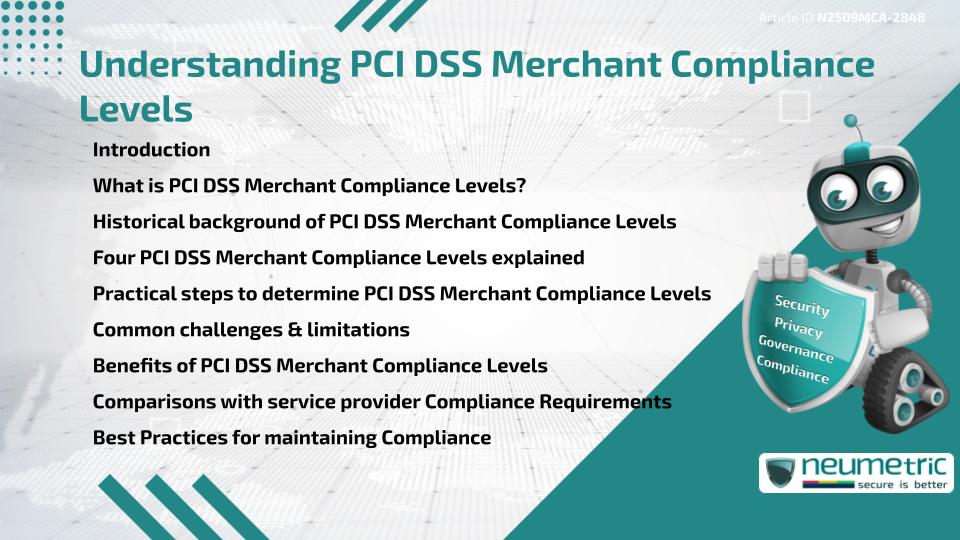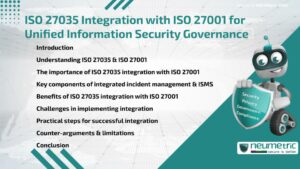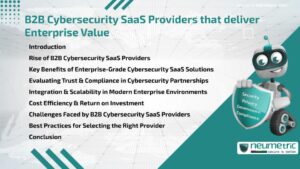Table of Contents
ToggleIntroduction
The PCI DSS Merchant Compliance Levels are classifications that determine the specific security validation requirements for Businesses handling Payment Card Data . These Levels are based on the annual number of Transactions processed & help establish the appropriate Compliance obligations. By understanding their level, Merchants can meet the correct validation Standards, avoid Penalties & ensure the protection of Customer Information. This article explains what PCI DSS Merchant Compliance Levels are, their history, the four Levels in detail, challenges, benefits & best practices for Businesses.
What is PCI DSS Merchant Compliance Levels?
The PCI DSS Merchant Compliance Levels define the tiered structure set by the Payment Card Industry Data Security Standard [PCI DSS] to ensure Businesses meet Security obligations proportionate to their Risk exposure. A Merchant’s Compliance level depends on the number of Visa, Mastercard or other major Card Transactions it processes annually. Each level requires different validation steps, such as Self-Assessment Questionnaires [SAQs] or onsite Assessments by Qualified Security Assessors [QSAs].
Historical background of PCI DSS Merchant Compliance Levels
The PCI DSS Merchant Compliance Levels were introduced alongside the first version of PCI DSS in 2004. Before that, Payment Brands had their own Security programs, leading to inconsistency. By creating standardised Levels, PCI DSS established a universal approach to ensure that both Small Businesses & Large Enterprises adopted appropriate Security Measures. Over time, these Levels have adapted to account for increasing transaction volumes, evolving Threats & Global adoption of PCI DSS Standards.
Four PCI DSS Merchant Compliance Levels explained
The PCI DSS Merchant Compliance Levels are divided into four categories:
- Level 1: For Merchants processing more than six (6) million Card Transactions annually. Requires an annual onsite Assessment by a QSA & quarterly Network Scans by an Approved Scanning Vendor [ASV].
- Level 2: For Merchants processing between one (1) & six (6) million Transactions annually. Typically requires completion of an SAQ & quarterly ASV Scans. Some brands may require an onsite QSA Assessment.
- Level 3: For Merchants processing between twenty thousand (20,000) & one (1) million E-Commerce Transactions annually. Requires an SAQ & quarterly ASV Scans.
- Level 4: For Merchants processing fewer than twenty thousand (20,000) E-Commerce Transactions annually or up to one (1) million total Transactions. Requires an SAQ & quarterly ASV Scans.
Practical steps to determine PCI DSS Merchant Compliance Levels
Businesses can follow these steps to identify their PCI DSS Merchant Compliance Levels:
- Calculate annual Transaction Volume: Identify the number of Credit & Debit Card Transactions processed across all channels.
- Refer to Card Brand Guidelines: Confirm thresholds as specific brands may apply slightly different rules.
- Consult with acquiring Banks: Acquirers provide guidance on the correct Compliance level for the Merchant.
- Complete required Validation: Follow PCI DSS requirements applicable to the assigned level.
- Reassess annually: Recalculate Transaction Volumes each year to confirm if the Compliance level has changed.
Common challenges & limitations
Merchants often face challenges when meeting PCI DSS Merchant Compliance Levels. Small Businesses may struggle with Costs & Technical requirements, while Larger Enterprises must manage complex Infrastructures. Another limitation is that Transaction-based Levels may not fully reflect the actual Risk exposure, as even Small Merchants can be targets for Cyberattacks.
Benefits of PCI DSS Merchant Compliance Levels
The PCI DSS Merchant Compliance Levels offer several benefits:
- Clear guidance tailored to Business size & Transaction volume
- Improved protection of Sensitive Payment Data
- Reduced Risk of Fines & Penalties from Non-Compliance
- Increased Trust with Customers & Partners
- Stronger competitive positioning through validated Security Practices
Comparisons with service provider Compliance Requirements
While PCI DSS Merchant Compliance Levels apply to Businesses that process Cardholder Data, Service Providers such as Payment Gateways or Hosting Companies follow different validation requirements. Service providers are typically classified by the volume of Cardholder Data they handle for Clients & they often face stricter Assessments compared to most Merchants.
Best Practices for maintaining Compliance
To effectively maintain Compliance with PCI DSS Merchant Compliance Levels, Businesses should:
- Monitor transaction volumes closely to track Compliance obligations.
- Conduct quarterly Vulnerability Scans with certified ASVs.
- Regularly update & Patch Systems to address Security Risks.
- Train Employees on PCI DSS Awareness & Responsibilities.
- Work with QSAs for guidance when navigating complex Compliance Requirements.
Conclusion
The PCI DSS Merchant Compliance Levels ensure that Businesses handling Payment Card Data apply Security Measures appropriate to their size & Risk exposure. By understanding which level applies to them & following the required validation steps, Merchants can maintain Compliance, protect Customer Data & build Trust in their Payment processes.
Takeaways
- There are four (4) PCI DSS Merchant Compliance Levels based on annual Transaction Volumes.
- Level 1 Merchants require the most rigorous Onsite Assessments.
- Levels 2, 3 & 4 involve SAQs & quarterly Scans.
- Compliance Levels help Businesses scale security requirements to Transaction Volumes.
- Regular Reassessment ensures continued alignment with PCI DSS requirements.
FAQ
What are PCI DSS Merchant Compliance Levels?
They are categories based on annual Transaction Volumes that define the security validation requirements for Merchants.
How many PCI DSS Merchant Compliance Levels exist?
There are four (4) Levels, ranging from Level 1 for large Merchants to Level 4 for Smaller Businesses.
What is required for Level 1 Merchants?
Level 1 Merchants must undergo an annual Onsite QSA Assessment & quarterly ASV Scans.
Do Small Businesses need to comply with PCI DSS Merchant Compliance Levels?
Yes, all Merchants, regardless of size, must comply with PCI DSS & complete the required validation steps.
Can a Merchant’s Compliance level change over time?
Yes, Compliance Levels must be Reassessed annually based on updated Transaction Volumes.
How are Service Providers different from Merchants?
Service providers handle Payment Data on behalf of others & follow separate, often stricter, PCI DSS requirements compared to Merchants.
What happens if a Merchant fails to meet PCI DSS Merchant Compliance Levels?
Failure to comply can result in Fines, Reputational damage or loss of Card Processing Privileges.
Need help for Security, Privacy, Governance & VAPT?
Neumetric provides organisations the necessary help to achieve their Cybersecurity, Compliance, Governance, Privacy, Certifications & Pentesting needs.
Organisations & Businesses, specifically those which provide SaaS & AI Solutions in the Fintech, BFSI & other regulated sectors, usually need a Cybersecurity Partner for meeting & maintaining the ongoing Security & Privacy needs & requirements of their Enterprise Clients & Privacy conscious Customers.
SOC 2, ISO 27001, ISO 42001, NIST, HIPAA, HECVAT, EU GDPR are some of the Frameworks that are served by Fusion – a SaaS, multimodular, multitenant, centralised, automated, Cybersecurity & Compliance Management system.
Neumetric also provides Expert Services for technical security which covers VAPT for Web Applications, APIs, iOS & Android Mobile Apps, Security Testing for AWS & other Cloud Environments & Cloud Infrastructure & other similar scopes.
Reach out to us by Email or filling out the Contact Form…





